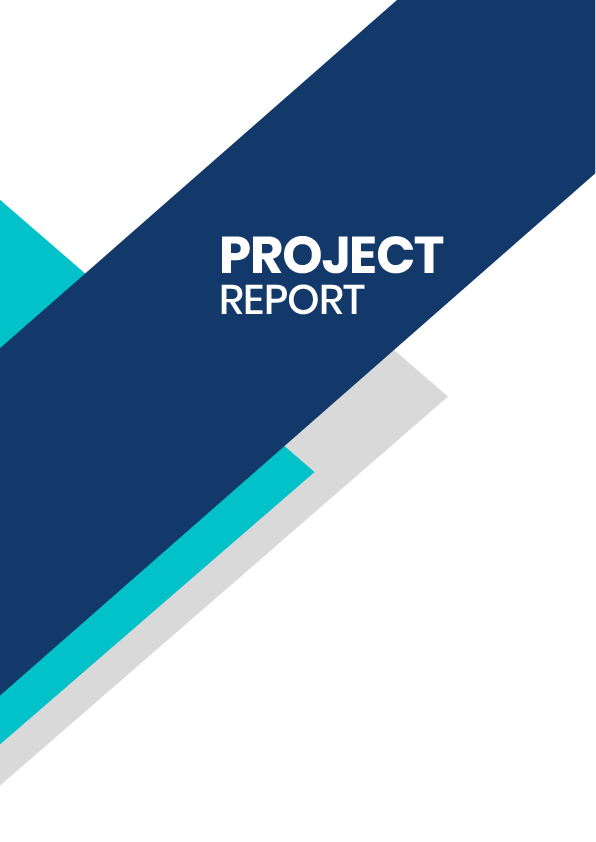Related Keywords
- ready-to-wear shirt making
- Pre-stitched shirt production
- shirt fabrication
- mass-produced shirt business
- custom-fit shirt manufacturing.
What are the Marketing Potentials and Business Possibilities of Readymade Shirt Manufacturing?
- Growing Exports Mean Bigger Opportunities: India’s readymade garment exports will cross ₹2.5 lakh crore by 2027. The country’s share in global exports will reach around 4.6-4.9%, creating a massive opportunity for shirt manufacturers to sell worldwide.
- Shirts Lead the Market: Shirts make up 18.23% of India’s total apparel exports. This means they are always in high demand, making shirt manufacturing a profitable business.
- Government Support Helps Businesses Grow: The Indian government is increasing the textile ministry’s budget by 10-15% and adding incentives to lower production costs. This makes manufacturing shirts easier and more profitable.
- More Global Brands Are Choosing India: Many international retailers are shifting orders from Bangladesh to India due to political instability there. As a result, Indian shirt manufacturers are getting more business from U.S. and European brands.
Why Do You Need a Project Report for Readymade Shirt Manufacturing?
- Get Bank Loans and Investor Support: Banks and investors want clear business plans before they give you money. A strong project report shows them your market research, expected profits, and financial plan, making it easier to get funding.
- Understand the Market and Customers: India’s textile industry gives jobs to over 35 million people and makes up 4% of the country’s GDP. A project report helps you study the market, find your ideal customers, and plan how to sell your shirts successfully.
- Follow Legal Rules Easily: If your factory has more than 100 workers, you need to follow strict labor laws. A project report helps you prepare for these rules so your business runs smoothly.
- Pick the Best Location: Tiruppur, known as India’s "Knitwear Capital," has over 10,000 garment factories and handles 54% of the country’s textile exports. A project report helps you choose the right place to set up your factory.
- Use Government Benefits: The government offers programs like the Mega Integrated Textile Region and Apparel (MITRA) scheme to support textile businesses. A project report helps you understand these programs and take advantage of them.
Why is Finline the Best Option to Create the Best Project Reports?

Need expert service?
Please send a WhatsApp message to us, and our team of experts will guide you in creating a report.
Create Your own project report in less than 10 mins.
- Unlimited edits
- Unlimited downloads
- Up to 10 years of projections
- 20+ pages

Frequently asked questions
Everything you need to know about the product and billing.
Finline is an online tool for creating the report online and see the report for free online. You only need to pay for downloading the report.
Can I change my plan later?
Yes , ofcourse you can upgrade from a lite plan to a pro at anytime.
Can I edit the report after download ? is it chargeable?
You can do unlimited edits even after download without any extra payment.
What is the ‘lite’ and ‘pro’ plan ? Is it subscription based plans?
Lite and Pro are just individual report download plans , not subscription plans.
Do I require a CA seal & Stamp for getting a loan?
Not at all, project report is a business plan about your business and it should be prepared by an entrepreneur . Nobody can predict and certify a business which is going to happen in the future.
Can I get any assistance from your team?
Yes of course, you can go to the help section in all pages were you can find chat button for seeking support.